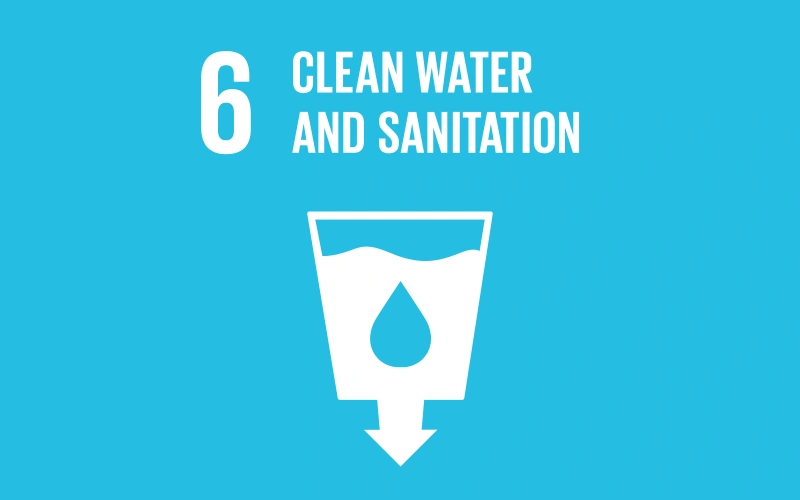The fact that one in three people lack access to basic sanitation is a global crisis. This lack of access leads to preventable illnesses and unnecessary deaths. While significant progress has been made in increasing access to clean drinking water, inadequate sanitation undermines these advancements. By providing affordable sanitation solutions, promoting proper hygiene practices, and investing in sustainable water management, we can end this senseless suffering and ensure a healthy future for all.
The Targets
Everyone can contribute to achieving the Global Goals. Let us explore the eight targets designed to ensure clean water and sanitation for all:
Target 6.1: Safe and Affordable Drinking Water: By 2030, achieve universal and equitable access to safe and affordable drinking water for all.
Target 6.2: End Open Defecation and Provide Access to Sanitation and Hygiene: By 2030, achieve access to adequate and equitable sanitation and hygiene for all and end open defecation, paying special attention to the needs of women and girls and those in vulnerable situations.
Target 6.3: Improve Water Quality, Wastewater Treatment and Safe Reuse: By 2030, improve water quality by reducing pollution, eliminating dumping, and minimising the release of hazardous chemicals and materials. Halve the proportion of untreated wastewater and substantially increase recycling and safe reuse globally.
Target 6.4: Increase Water-Use Efficiency and Ensure Freshwater Supplies: By 2030, substantially increase water-use efficiency across all sectors and ensure sustainable withdrawals and supply of freshwater to address water scarcity and substantially reduce the number of people suffering from water scarcity.
Target 6.5: Implement Integrated Water Resources Management: By 2030, implement integrated water resources management at all levels, including through transboundary cooperation as appropriate.
Target 6.6: Protect and Restore Water-Related Ecosystems: By 2020, protect and restore water-related ecosystems, including mountains, forests, wetlands, rivers, aquifers, and lakes.
Target 6.A: Expand Water and Sanitation Support to Developing Countries: By 2030, expand international cooperation and capacity-building support to developing countries in water- and sanitation-related activities and programmes, including water harvesting, desalination, water efficiency, wastewater treatment, recycling, and reuse technologies.
Target 6.B: Support Local Engagement in Water and Sanitation Management: Support and strengthen the participation of local communities in improving water and sanitation management.
How You Can Make a Difference
-
- Support a Goal 6 charity: Every contribution, no matter how small, can make a difference! Consider supporting our chosen charity: MITSkills Fundraiser or a cause close to your heart.
- Raise awareness about sanitation: Advocate for improved sanitation access in your community and around the world.
- Promote Community Hygiene Awareness: Start a hygiene awareness campaign to address local hygiene issues. Use social media, organise school or university initiatives, or create a community campaign in your neighbourhood to spread the message.
- Conserve water: Practice water-saving habits, such as turning off the tap while brushing your teeth and taking shorter showers.
- Participate in local clean-up efforts: Join community efforts to clean up rivers, lakes, and oceans.
- Stay informed: Follow local news and stay connected with the Global Goals online or on social media at @TheGlobalGoals.
By taking these steps, we can all contribute to a world where everyone has access to clean water and adequate sanitation, leading to improved health and well-being for all.

